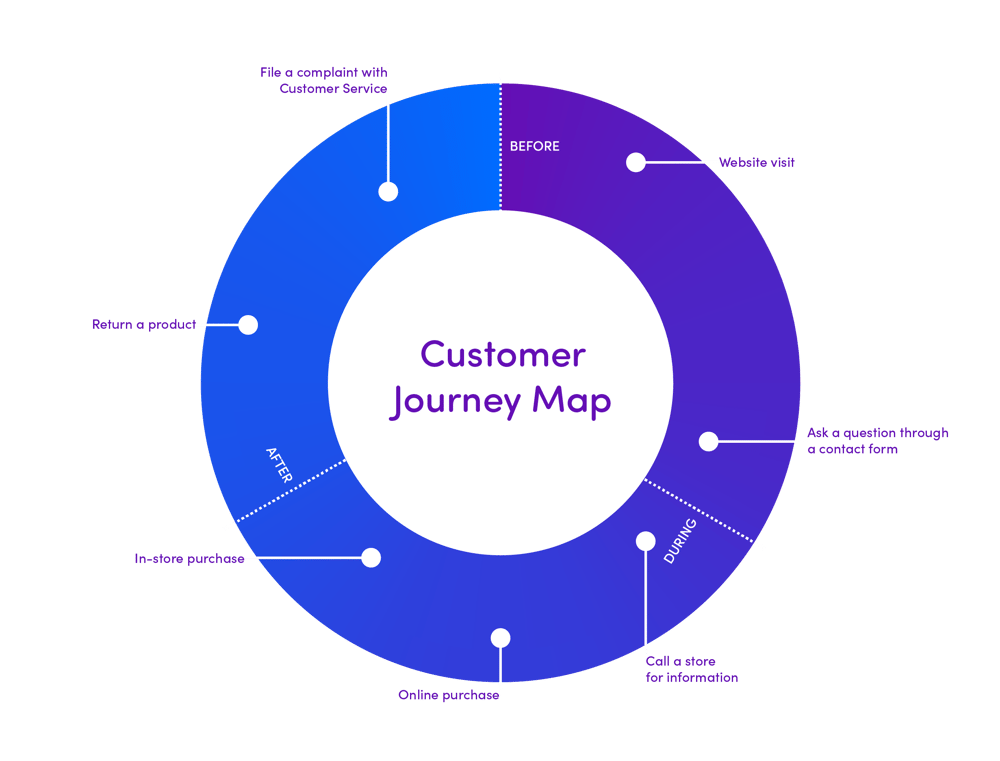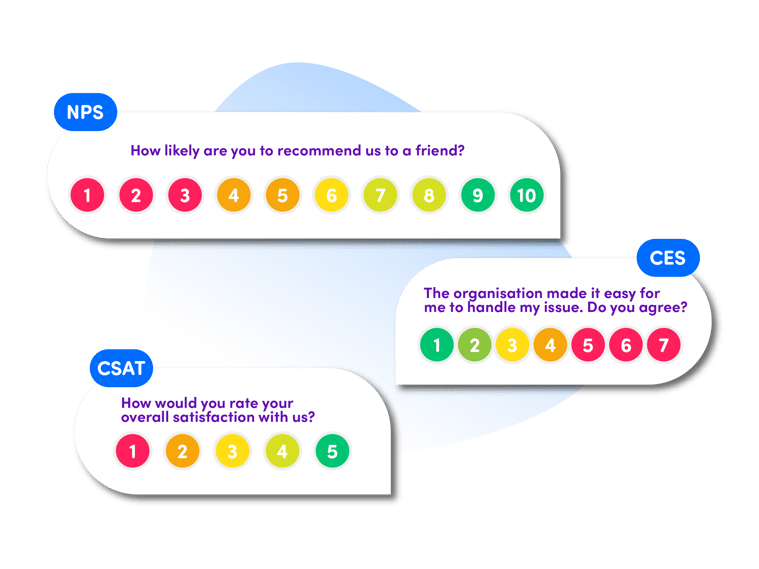Sometimes you really love a brand, but they make it impossible for you to do business with them. Be it because of slow webshops, complex sign-up processes, or endless communication loops with customer service, no matter how many hoops you jump through, you just can’t get things done. So you leave and you move on. Today customers expect to have easy and seamless experiences with brands. In turn, organizations understand that offering a smooth customer experience without obstacles is essential to set yourself apart and to become a brand that customers love to buy from. But how can you find and remove that friction from your processes?
Companies often don’t create friction on purpose. As CX Expert Steven Van Belleghem mentions in his blog ‘Four ways to remove friction from the customer experience’: “[In many companies there are] … corporate processes that historically grew into a certain shape but are no longer relevant. I’m talking about the type of rigid process or structure that everyone follows, but no one remembers why. I have seen so many companies that unintentionally installed these types of barriers that prevent customers from having a nice experience”.
To locate where customers are experiencing friction, you need to understand the customer journey first. If you’ve already made a customer journey map, great! If not, we’ll recap it shortly. A customer journey map helps you visualize every interaction or experience your customers might have with your business. It may seem simple and logical, but once you go into detail it can become quite complex as customers can get in contact with your company in a multitude of ways and from different starting points.

Customer journeys obviously look different depending on your company, industry, product, or service. You can choose how to create your customer journey map, in the example above we chose a customer journey in three stages: before, during, and after a purchase. When adding the touchpoints your customer encounters, you can place them on the map based on how personal the encounter is. The closer to the center, the more personal or human the touchpoint is.
Once you’ve mapped all these interactions, it’s up to you to decide which of these interaction points or touchpoints are important for your company goals at this time. As a best practice, we suggest starting with one touchpoint so you can build a use case and expand to other touchpoints over time. The more insight you can get from different key customer interactions, the more obstacles you will spot, and the more friction you’ll be able to resolve.
Once you’ve mapped your touchpoints on a customer journey, the next step is to figure out which metrics you should use for each touchpoint so you capture relevant feedback for each interaction. This will help you to pinpoint friction in the customer experience.
As a short reminder, these are three standard industry metrics that you can use:

Whereas it’s important to use the right metric at the right time, the Customer Effort Score is obviously a great metric if you want to understand specifically how easy it is for customers to perform a certain action: signing up online, getting an issue solved via customer service… In a time when customers stick to companies that are easy to interact with, it’s crucial to understand how convenient your products or services really are. Getting a combination of metrics and touchpoints is your best shot at getting a clear overview of where you can improve.
And of course, as a best practice, we recommend to always use a score question followed by an open feedback question: “Why did you give us this score?”. Metrics and scores are great to get an initial view or to track evolutions, but open feedback gives you the real insights into which obstacles you are putting up so you can come up with actions to remove them.
Mapping the customer journey, asking the right question, and collecting feedback is your starting point. The hardest part is to turn all this feedback into real actions to make improvements. As always, learning from examples is useful, so we’ve listed some real-life use cases that might inspire you:
Organizations should aim to offer a frictionless experience to their customers. Collecting and analyzing customer feedback can really help you understand and locate where customers are facing obstacles that prevent them from having a smooth customer experience, and more importantly, to keep coming back for more.
Interested in learning how Hello Customer can help you identify friction in your customer experience? Learn more about our platform or request a demo, we’re happy to help.
Sign up here

Subscribe to the Hello Customer newsletter and receive the latest industry insights, interesting resources and other updates.